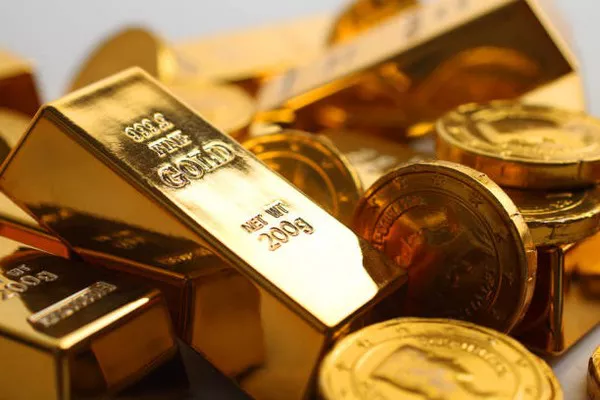Gold, often referred to as the “king of metals,” has held a special place in human civilization for millennia. Its shimmering allure has captivated cultures across the globe, and its value has remained a constant topic of interest. Investors, economists, and everyday individuals alike often wonder if the value of gold truly increases over time. In this article, we will delve into the historical trends, economic factors, and contemporary influences that shed light on the question of whether gold is a reliable store of value and whether it appreciates over time.
A Historical Perspective
To understand the potential for the value of gold to increase over time, it is essential to examine its historical performance. Gold has been used as a form of currency and a store of value for thousands of years. It has survived numerous economic crises, wars, and changes in financial systems. This resilience suggests that gold has intrinsic qualities that contribute to its enduring value.
One key historical aspect is the role of gold as a hedge against inflation. Throughout history, when fiat currencies have experienced devaluation due to inflation, gold has maintained its purchasing power. This has made it an attractive asset for investors seeking to protect their wealth.
For example, during the hyperinflation in Weimar Germany in the early 1920s, when the German mark became virtually worthless, gold held its value. Similarly, during the recent global financial crisis of 2008, gold prices surged as investors sought safe havens in the face of economic uncertainty.
Economic Factors Influencing Gold’s Value
Several economic factors contribute to the potential for gold to appreciate over time:
Inflation: As mentioned earlier, gold has historically been an effective hedge against inflation. When the value of fiat currencies erodes due to rising prices, gold’s value tends to increase.
Supply and Demand: The supply of gold is relatively limited, as it is costly and time-consuming to mine. In contrast, demand for gold remains high due to its use in jewelry, technology, and investment. This supply-demand dynamic can drive the price of gold higher.
Geopolitical Uncertainty: Political instability and international conflicts often lead investors to seek refuge in gold. When geopolitical tensions rise, the demand for gold tends to increase, driving up its price.
Monetary Policy: Central banks play a significant role in influencing the value of currencies. When central banks implement expansionary monetary policies, such as low-interest rates and quantitative easing, it can erode the value of fiat currencies, making gold more appealing to investors.
Currency Devaluation: When a country’s currency experiences devaluation, as seen in cases like Venezuela and Zimbabwe, citizens often turn to gold as a reliable store of value.
Contemporary Influences
In recent years, several contemporary factors have affected the value of gold:
Global Pandemic: The COVID-19 pandemic triggered economic uncertainty, prompting investors to flock to gold as a safe haven asset. In 2020, gold prices reached record highs, demonstrating its resilience during challenging times.
Cryptocurrencies: The rise of cryptocurrencies like Bitcoin has led some to question gold’s relevance as a store of value. However, many investors view gold and cryptocurrencies as complementary assets, with gold providing stability and cryptocurrencies offering speculative potential.
Environmental Concerns: The mining and extraction of gold have raised environmental concerns. Some investors are increasingly focused on sustainable and ethical investments, potentially impacting the demand for traditionally mined gold.
Technological Advancements: Innovations in mining technology may impact the supply of gold. Efficient extraction techniques could increase the availability of gold, potentially affecting its value.
Conclusion
The question of whether the value of gold increases over time is not easily answered with a simple “yes” or “no.” Gold’s value is influenced by a complex interplay of historical, economic, and contemporary factors. Its long history as a store of value and hedge against inflation suggests that it has the potential to appreciate over time.
However, gold’s performance is not immune to market fluctuations and external influences. It is essential for investors to consider their financial goals, risk tolerance, and the broader economic context when evaluating gold as an investment.
In a world marked by economic uncertainty, geopolitical tensions, and evolving financial markets, gold’s role as a safe haven asset remains relevant. Whether one chooses to invest in gold as a means of wealth preservation or portfolio diversification, it is crucial to do so with a thorough understanding of the factors that can influence its value over time. Ultimately, the value of gold is a reflection of both its intrinsic qualities and the ever-changing dynamics of the global economy.


